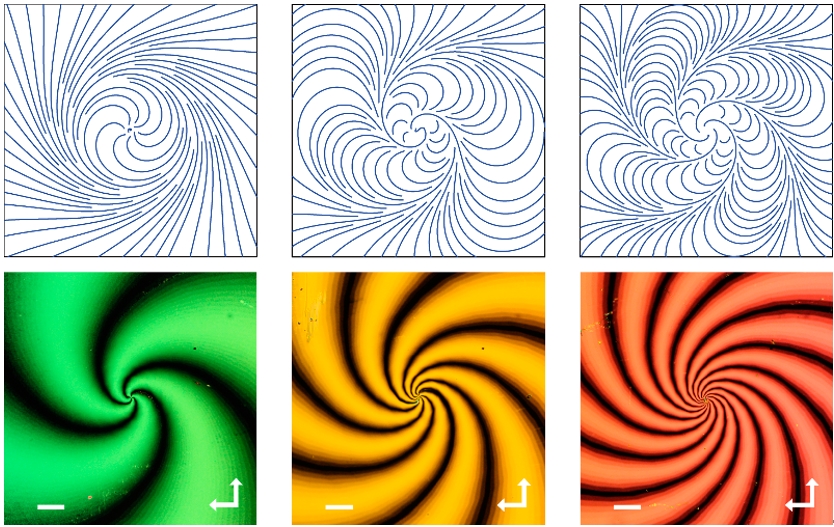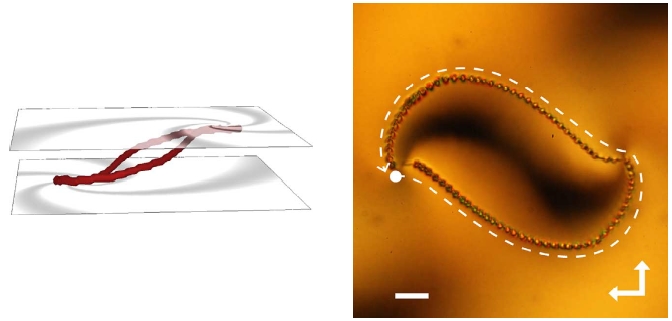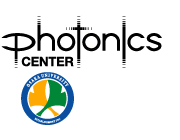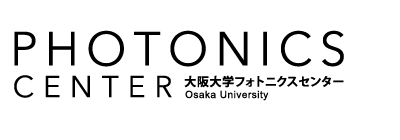【研究成果】2015年
研究成果90
Three-dimensional positioning and control of colloidal objects utilizing engineered liquid crystalline defect networks
H. Yoshida, K. Asakura, J. Fukuda, and M. Ozaki Received 23 December 2014 Accepted 14 April 2015 Published 21 May 2015
NATURE COMMUNICATIONS | DOI: 10.1038/ncomms8180
Topological defects in liquid crystals not only affect the optical and rheological properties of the host, but can also act as scaffolds in which to trap nano or micro-sized colloidal objects. The creation of complex defect shapes, however, often involves confining the liquid crystals in curved geometries or adds complex-shaped colloidal objects, which are unsuitable for device applications. Using topologically patterned substrates, here we demonstrate the controlled generation of three-dimensional defect lines with non-trivial shapes and even chirality, in a flat slab of nematic liquid crystal. By using the defect lines as templates and the electric response of the liquid crystals, colloidal superstructures are constructed, which can be reversibly reconfigured at a voltage as low as 1.3V. Three-dimensional engineering of the defect shapes in liquid crystals is potentially useful in the fabrication of self-healing composites and in stabilizing artificial frustrated phases.

Streamline plots of the orientational patterns created by using the spiral bow-tie-shaped slit on a glass plate, for topological charges or defect strengths of 1, 2, and 3 (top from the left to the right). The nematic liquid crystal aligns along the streamlines as shown by corresponding POM images of liquid crystal cells (bottom).

(Left) Three-dimensional profile of the disclination network formed between spirally patterned glass substrates with (s, c)=(1, 0), calculated from a Landau–de Gennes theory. The cell gap has been extended twofold for clarity. (Right) POM image of the disclination network decorated with colloidal particles of 3 μm in diameter. The white dashed line indicates the direction along which the cross-sectional profile was measured. Scale bar, 20 μm.



